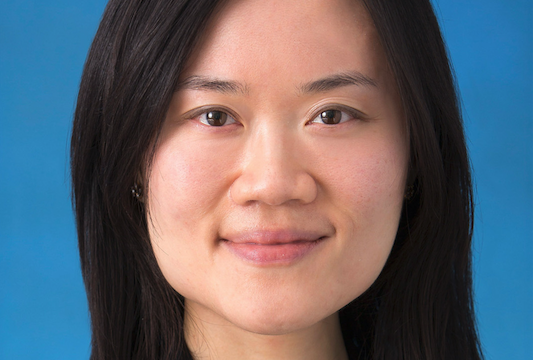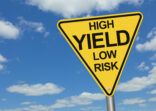Joanna Kwok, JP Morgan Asset Management
“When we look at valuations, we have a five-year expected return for a name, so we just don’t look at the headline price-to-earnings,” Kwok told FSA.
Taking Alibaba as an example, she said that investors holding the stock might think they should sell, especially since its P/E ratio increased nearly 40x at the beginning of the year.
Kwok sees the situation differently. She explained that Alibaba is expected to deliver “teens type” of returns over the next five years, given the revenues they are generating from multiple businesses.
Alibaba is among the top five holdings of the JP Morgan Asia Growth Fund, which Kwok manages together with Mark Davids, managing director and co-head of the Asia-Pacific regional team.
Alibaba accounts for 5.5% of the portfolio, according to the fund factsheet. The other four top holdings are Samsung Electronics (8.8%), Tencent (7.8%), Taiwan Semiconductor Manufacturing (6.1%) and AIA (5.9%).
Selling early
Kwok mentioned a time when she made the mistake of selling a stock too early. Without naming the company, she said that in 2016, the fund bought a name that makes camera lenses.
“They were gaining market share in China and they also [produced] automotive lenses, because you are starting to see cars needing more lenses.”
During the first half of 2017, she believed that the company’s valuation was high and decided to sell it. But after selling, Kwok saw the company’s stock price double.
“We underestimated how much they could catch up with the leading player and how much marketshare they managed to get in the Chinese smart phone space. On the auto side, they continue to really grow and became a leader in that. We basically missed out and we exited too early.”
Asia sector choices
Kwok’s fund invests in growth companies having a “quality” aspect, or those that have stable earnings and are industry leaders or have strong franchises. Her fund is concentrated, with only around 45 holdings.
She differentiates quality stocks from “trading” stocks, which are more cyclical in nature, such as commodities and industrials.
China accounts for the largest geographic exposure in the portfolio (38.1%), followed by India (13.9%) and Hong Kong (11.7%), according to the fund factsheet.
In terms of sectors, the bulk of the fund’s assets are in information technology (33.6%) and financials (32.9%). A current favoured sector is India’s private sector banks, she said.
“Their profits are steadily growing between 20%-30% and they are gaining market share from public sector banks, which have tons of non-performing loans.”
She added that most people in India do not have bank accounts and private sector banks are taking the lead in the underserved market by investing in mobile digital banking, which should result in marketshare gains.
Another sector that she likes is Chinese insurance, which she believes will deliver high returns in the next couple of years.
Given the fund’s quality-growth bias, Kwok said that investors should expect the fund to underperform during a value and deep-cyclical rally.
“In the fourth quarter of 2016, when we saw the Trump trade rally, deep cyclicals were rallying and we underperformed that quarter,” she said.
Analyst support
Kwok draws on assistance from 43 analysts. They are all divided into sectors, although there are analysts that are dedicated to covering the Greater China region.
Given the number of analysts, the firm decided to have a system in which each fund manager is able to see all the stocks that each analyst covers.
Kwok added that each analyst has a standardised 98-item questionnaire to analyse the governance aspect of each stock, which helps them determine whether a stock falls under the quality or trading categories.
“We want to look at every single stock in the same way,” she said, adding that the questionnaire helps analysts and fund managers talk in the same terms.
The JP Morgan Asia Growth Fund versus its benchmark index and sector.


















